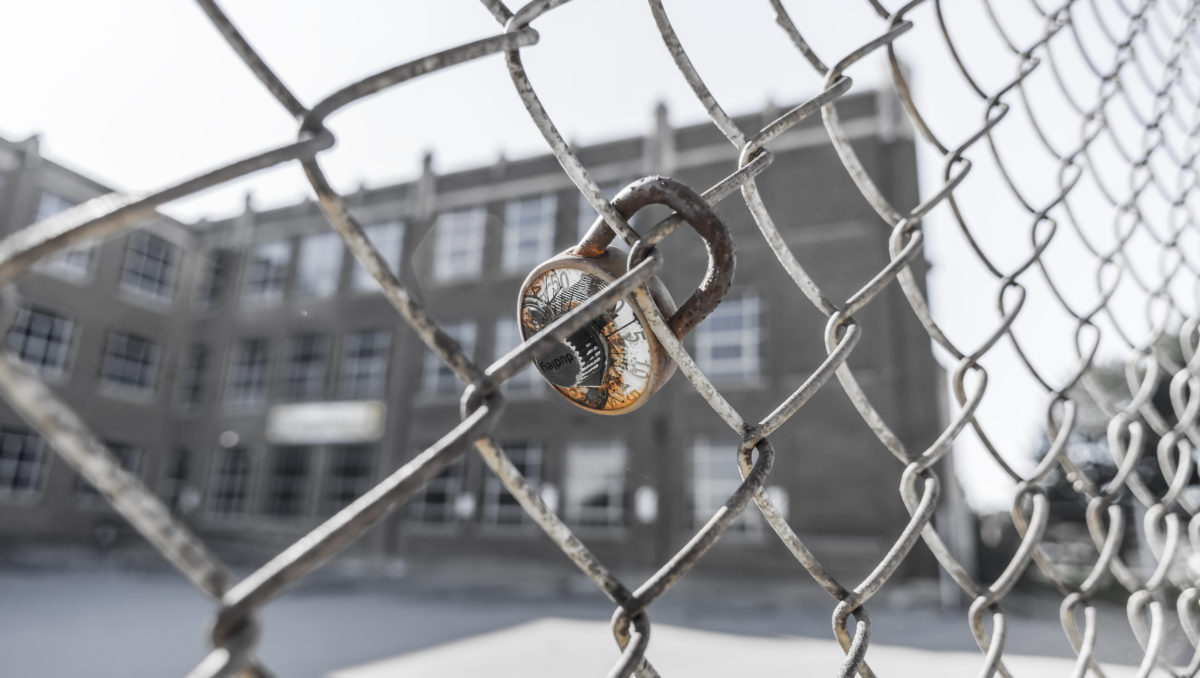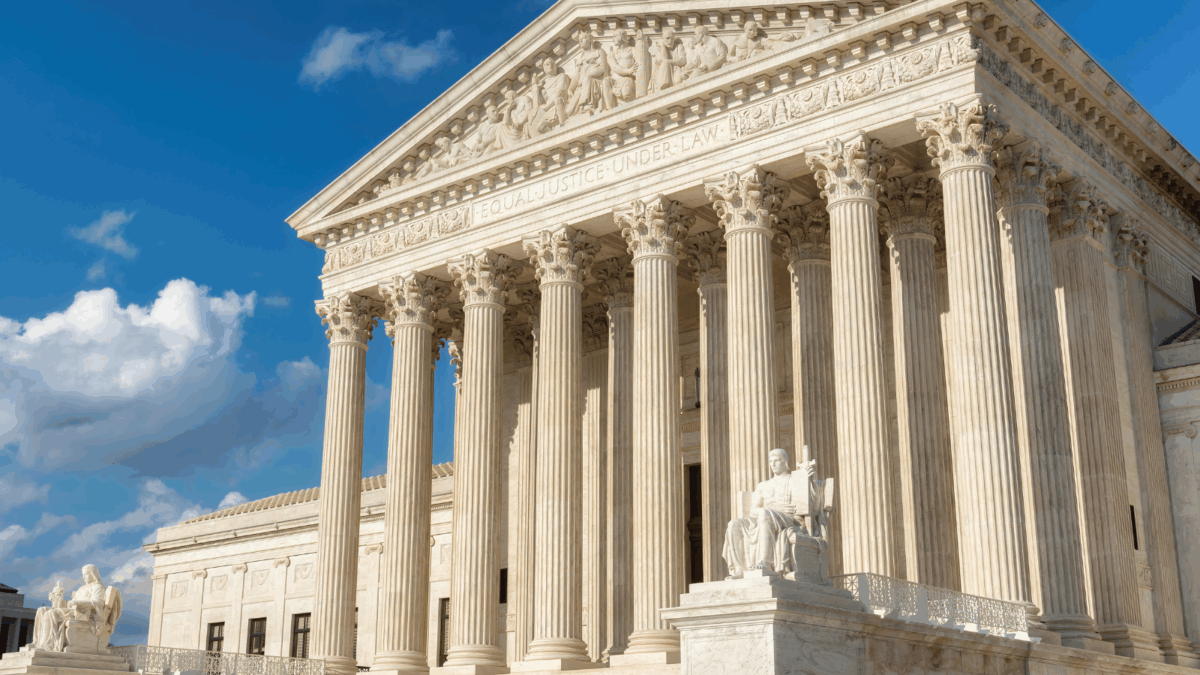The Billion-Dollar Experiment: How New Orleans’ Charter School Revolution Failed the Children It Promised to Save
Twenty years after Hurricane Katrina, the nation’s most radical education overhaul has produced stunning inequality alongside modest test gains
As I sit in Bricolage Academy’s office, frustrated but trying to remain pleasant, I’m having the same conversation again about my son. He’s on the autism spectrum. He is high performing, extremely quiet, and sweet. Despite his IEP, he wasn’t receiving the required services. The special education coordinator had quit in frustration, the school counselor was cut due to budget issues, and my fifth-grader was falling through the cracks.
I’m not just any parent. I’m an advocate who has worked with the CEO since the school’s creation. I have written for national magazines about our system’s problems and challenged the school’s “diversity by design” narrative. Yet here I was, fighting for basic services. If this is my experience, imagine what average parents face.
The Numbers Don’t Add Up
Twenty years after Hurricane Katrina replaced New Orleans’ traditional public schools with the nation’s first all-charter system, the grand experiment presents a troubling paradox. With half the students and double the funding, the system has achieved modest academic gains while disempowering the communities it promised to serve.
Before Katrina, New Orleans educated over 65,000 students in 126 schools. Today, just 47,667 students attend 70 schools–a 27% enrollment reduction. Yet per-pupil spending has exploded to approximately $17,000-$20,000, significantly above Louisiana’s state average.
“When you have half the students and twice the resources, you should see transformational results,” says Neil Ranu, a civil rights attorney with the Southern Poverty Law Center. “Instead, we see money flowing upward to administrators while classrooms struggle.”
The money trail is revealing. Charter CEOs earn over $200,000 annually, while average teachers make between $44,000-$55,000 if they stay long enough.
The Human Cost
The city’s teacher turnover rate of 28% for new educators doubles that of comparable cities. The displacement began when the state fired the entire education workforce after Katrina, including over 4,000 teachers with an average of 15 years of experience. The teaching force dropped from 71% Black to under 50%.
When ‘Success’ Crumbles
The system’s fragility became apparent at John F. Kennedy High School in spring 2019. On graduation day, 177 students walked across the stage. A month later, state auditors revealed nearly half were ineligible to graduate due to grade changes from F’s to D’s, improper credit recovery, and students taking unsupervised classes at home.
Antonio Travis, director of Black Man Rising, mentored several affected students. “There was shame, self-blame. Many felt they wouldn’t be successful in college.” Families canceled graduation celebrations, uncertain about the future.
The Illusion of Choice
Parents quickly learn that “choice” often means choosing between bad options, especially for children with special needs. At Benjamin Franklin High School, Louisiana’s top-ranked public school, students from minority backgrounds face significant admission barriers. The school serves 39% white students in a city where whites comprise only 10% of public enrollment.
Special Education Crisis
In 2010, ten families sued the state over charter schools admitting too few special-needs students and failing to provide proper services. The resulting federal consent decree remains in effect today, with monitors continuing to find systematic violations, including parents being excluded from meetings, services not being provided, and evaluations being denied.
Right now, Louisiana U.S. District Judge Jay Zainey is currently presiding over the dissolution of the special-needs consent decree related to New Orleans schools. Because New Orleans public schools have no oversight, and no unions to fight to ensure the law is followed, we, as parents of children with special needs, have to fight to get our stories to the judge so hopefully he will keep it in place.
Economic Verdict
For a system serving 84% Black students, the economic impact is devastating. The racial wealth gap has widened dramatically since Katrina. White households now hold 13 times the wealth of Black families–$181,000 versus $18,000 median net worth. New Orleans went from 67% Black to 57%, losing over 120,000 Black residents.
Missing Pieces
Walk through charter schools and notice what’s absent or insufficient. Arts programs have declined; fewer offer pre-kindergarten, and students average 35-minute bus commutes. Basic skills, such as cursive instruction—required by state law for signing legal documents—are often ignored. “The children only learn what’s tested,” observes one advocate. “Everything else gets cut.”
The Honest Assessment
As the 20th anniversary of Katrina approaches, New Orleans offers a sobering lesson. With unprecedented resources and freedom, the charter system produced modest academic gains alongside community economic decline and systematic exclusion of vulnerable students.
“When people ask if they should move out of the city for better education,” says one advocate, “my answer is: if you can afford to move, you should. This system is not built to support our children.”
The comment hangs like an indictment not just of a school system, but of a 20-year experiment that promised everything and delivered prosperity for some, displacement for others, and continued struggle for families who need excellent public education most.
Ashana Bigard is a fifth-generation New Orleanian and lifelong resident of the Crescent City. A mother of three, Ashana is a tireless advocate for equity and social justice, especially in her work advocating for children and families in New Orleans and Louisiana. She leads the Education Justice Project of New Orleans, where she organizes and advocates for the rights of students and parents. Ashana is an adult ally advisor to United Students of New Orleans. She also serves as a Community Faculty member with Tulane University’s Center for Public Service.





